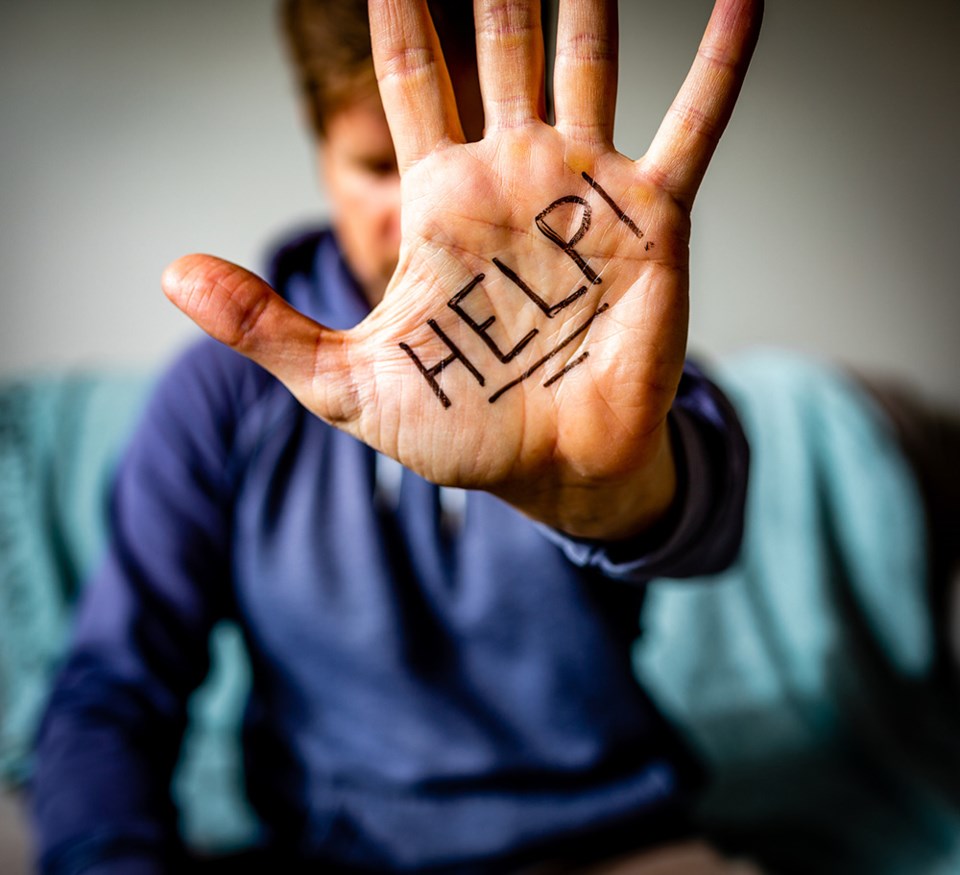Why do we seem to summon a special level of heartlessness when seeing or referring to individuals or groups showing severe symptoms of addiction in public places?
How, if possible, can we bridge the expanse between those afflicted with often terminal substance addiction and the larger, and luckier, portion of society whose primary response to addiction is often some variation of hate?
Too often, good people with traditional values react to the death toll of substance abuse, which is currently 67,000 per year in Canada, or 13,794 British Columbians dead since a public health emergency was declared in April of 2016, with cold, callous indifference.
For some perspective, according to BC Cancer, between the years 2013 and 2021 there were 3,721 deaths from all types of cancer for male and female in BC. I lost my mother, Elizabeth Skender, to colon cancer.
I am too aware of the achingly painful feeling of loss owing to cancer. I am not trying to belittle the human tragedy of that disease. Nonetheless, I think the widest perspective possible is needed to grasp the terrible toll of drug and alcohol addiction.
The reason we react to the epidemic of addiction this way is because, unlike an emaciated individual sick with chemotherapy and bone cancer, we see the mass deaths and human tragedy on the streets of substance addiction as a consequence of a free choice. It is as simple as that.
Of course, everything in life is somehow related to the concept of cause and effect. There is an element of choice in all that we think and do. It is a primary mechanism of nature. Still, there are nuances and unconventional elements which make addiction not as simple as an act of free will.
We are born with a sense of self-preservation and a will to breathe oxygen and live. Something is deeply wrong for any human to consciously choose a particular path to die. Either the society or the individual, or both, are sick and in need of compassionate and professional attention.
The human element of substance abuse is not as simple as people choosing to be addicted to a poison based on a character flaw or, perhaps, a hedonistic slant.
A possible, more subtle influence to addiction is a “vicious” circle, or cycle.
A vicious circle is a complicated chain of events that reinforces itself through a feedback loop. It is a system with no tendency toward balance, at least in the short run. Each version of the cycle reinforces the previous one. A vicious circle will continue in the direction of its momentum until something external intervenes to break the cycle.
People who demonstrate the self-destructive cycle actions of addiction need another human to take the time to intervene and, with love, stop the repeating death spiral of cause and effect.
I have experienced both sides of those judgmental stares. As someone who consistently, for decades, self-medicated with alcohol and drugs to dull the self-defeating behaviour and antisocial actions of severe anxiety, I have felt the hurt from stares of disgust directed at me while stuck in an ugly pathology of addiction.
The saddest part of this particular pathology of addiction is you cannot cure the pathology while you’re experiencing the pathology. When you are in a serious grip of action, you often think everything is fine.
Pretending the victims of the addiction epidemic are not your coworkers, former high school classmates, cousins, brothers and sisters, even your heroes, is to put our collective societal head in metaphorical sand.
In simple terms, current clinical psychology suggests that we hate what we fear. More specifically, we see desperate people on the fringes of society caught in an ongoing drug epidemic, and we see ourselves.
Robert Skender is a qathet region freelance writer and health commentator who contributes a regular column for the Peak.



